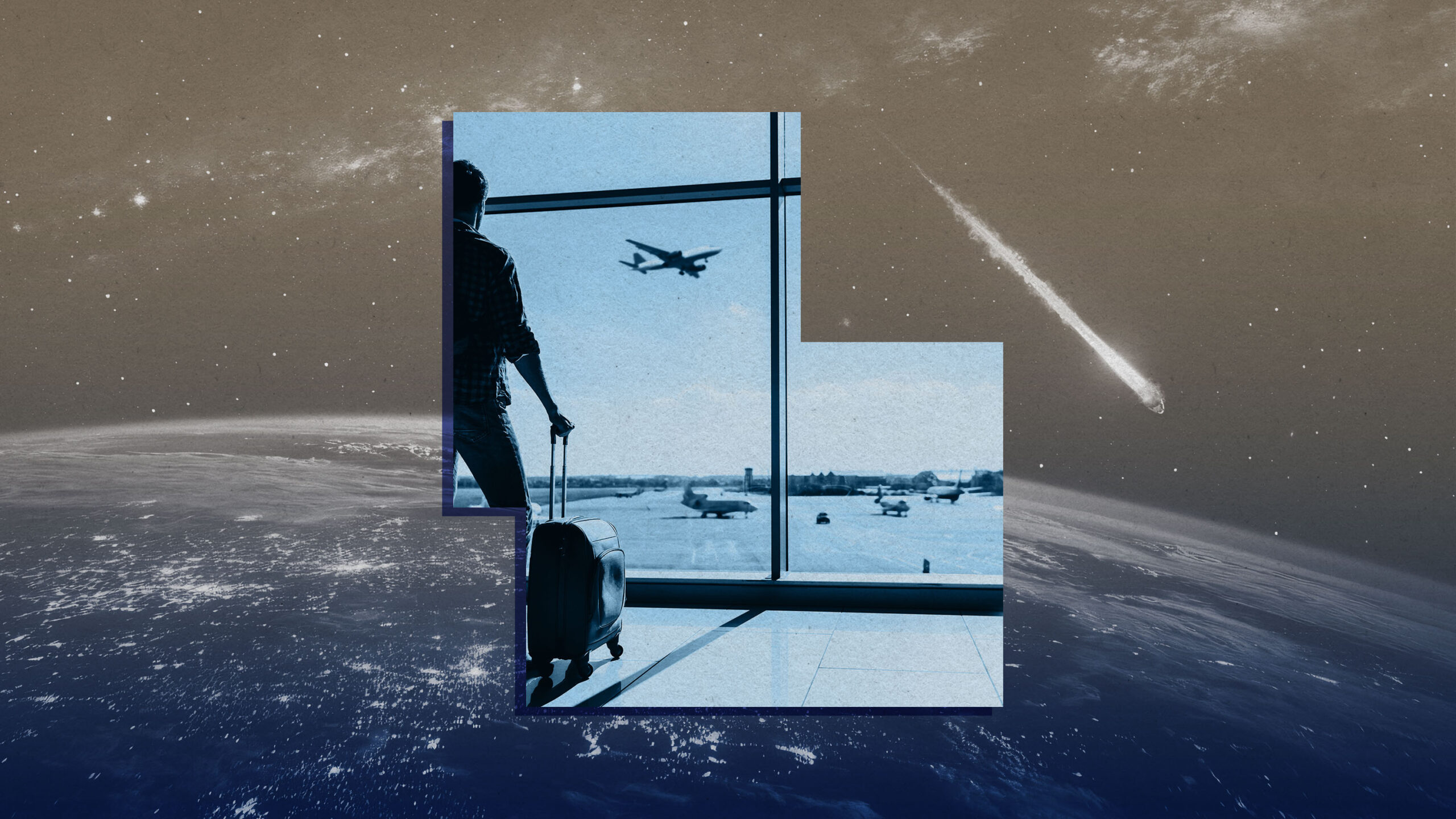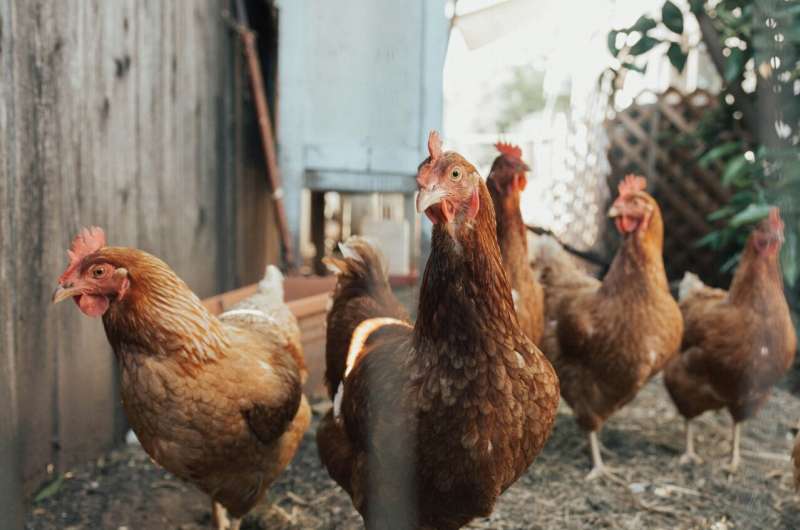In mid-October, a Boeing 737 flying at 36,000 feet over Utah sustained damage when a mysterious object cracked its windshield, prompting an emergency landing. Initial speculation suggested that the aircraft might have been struck by space debris, a possibility that, while still considered rare, is becoming increasingly plausible. Experts assert that the risk of planes being hit by space junk is on the rise, driven by the growing number of satellites in Earth’s orbit.
The European Space Agency estimates that approximately three pieces of defunct space equipment, such as used rockets and obsolete satellites, re-enter the Earth’s atmosphere daily. By the mid-2030s, this number could swell to dozens. Currently, there are about 12,900 active satellites orbiting the planet. Projections indicate this figure could reach around 100,000 within the next decade, significantly increasing the likelihood of orbital collisions and subsequent debris events.
To mitigate the risk, satellite operators are tasked with guiding outdated satellites to burn up upon re-entry. However, the physics of this process remain poorly understood, making it challenging to predict how much debris survives re-entry and reaches the ground. According to Richard Ocaya, a physics professor at the University of Free State in South Africa, “The number of such landfall events is increasing. We expect it may be increasing exponentially in the next few years.”
While there have been no reported injuries from space debris impacts, several near-misses have raised alarms. In March 2022, a 0.7-kilogram metal fragment struck a house in Florida, later identified as a remnant from the International Space Station. Fortunately, the homeowner’s son was resting in an adjacent room at the time. More recently, a 1.5-meter-long piece of a SpaceX Falcon 9 rocket fell near Poznan, Poland, and in April 2023, a 2.5-kilogram fragment from a Starlink satellite landed on a farm in Saskatchewan, Canada.
The global nature of the issue extends beyond isolated incidents. James Beck, director of the UK-based space research firm Belstead Research, highlights that many collisions or impacts may go unnoticed. “If you were to find a bunch of burnt electronics in a forest somewhere, your first thought is not that it came from a spaceship,” he remarked. Beck cautions that the true risk of space debris strikes may be significantly underestimated.
The International Civil Aviation Organization (ICAO) acknowledges the growing challenge posed by satellite proliferation. It noted that the rapid increase in satellite deployments “presents a novel challenge” for aviation safety that lacks definitive quantification. The Federal Aviation Administration (FAA) has offered a preliminary risk assessment, estimating that by 2035, the likelihood of a commercial aircraft suffering a catastrophic strike from space debris could reach approximately 7 in 10,000.
Such a collision could lead to immediate aircraft destruction or a rapid loss of cabin pressure, endangering all onboard. The risk to individuals on the ground is even higher. Aaron Boley, an astronomy associate professor at the University of British Columbia, warns that if satellites do not fully disintegrate upon re-entry, the annual risk of human injury or death may rise to around 10% by 2035. This translates to a 50% chance that someone could be struck by space debris every decade.
In response to these emerging threats, organizations are exploring ways to enhance air traffic safety. Okapi Orbits, in collaboration with the German Aerospace Center and the European Organization for the Safety of Air Navigation (Eurocontrol), is working on integrating space debris information into air traffic control systems. This initiative seeks to provide pilots and air traffic controllers with timely alerts about potential hazards.
Despite advancements in artificial intelligence that improve predictions regarding the trajectories of space debris, significant challenges remain. Current algorithms struggle to account for the effects of the thickening atmosphere as debris re-enters, complicating the accuracy of impact predictions. Njord Eggen, a data analyst at Okapi Orbits, emphasized that even minor uncertainties in timing can lead to vastly different impact locations.
The implications for aviation extend beyond the risk of strikes. Authorities may temporarily close airspace in regions where debris poses a threat, leading to costly delays. Boley’s team found that busy airspace regions, such as northern Europe and the northeastern United States, currently face about a 26% annual chance of disruptions from major space debris re-entries. As satellite constellations become fully operational, such closures may rival those caused by severe weather events.
Despite the small probability of a direct hit on an aircraft, the likelihood of debris scattering over busy airspace remains significant. For instance, when a 21-metric-ton Chinese Long March rocket descended in 2022, predictions indicated possible debris spread over parts of Spain and France. Ultimately, the rocket landed in the Pacific Ocean, but the resulting 30-minute airspace closure delayed hundreds of flights.
In light of these concerns, international regulators are advocating for satellite operators and launch providers to deorbit large satellites and rocket bodies in a controlled manner. The European Space Agency estimates that only about half of the rocket bodies re-entering the atmosphere do so in a controlled fashion. Presently, around 2,300 obsolete rocket bodies remain in orbit, slowly descending toward Earth without mechanisms for safe disposal.
Boley cautions that even if practices improve, the existing stock of materials in orbit will eventually re-enter the atmosphere. “Although the probability of space debris hitting an aircraft is small, the probability that the debris will spread and fall over busy airspace is not small. That’s actually quite likely,” he concluded.
As the world transitions to a future with increasing satellite activity, addressing the risks associated with space debris has never been more crucial for aviation safety.







